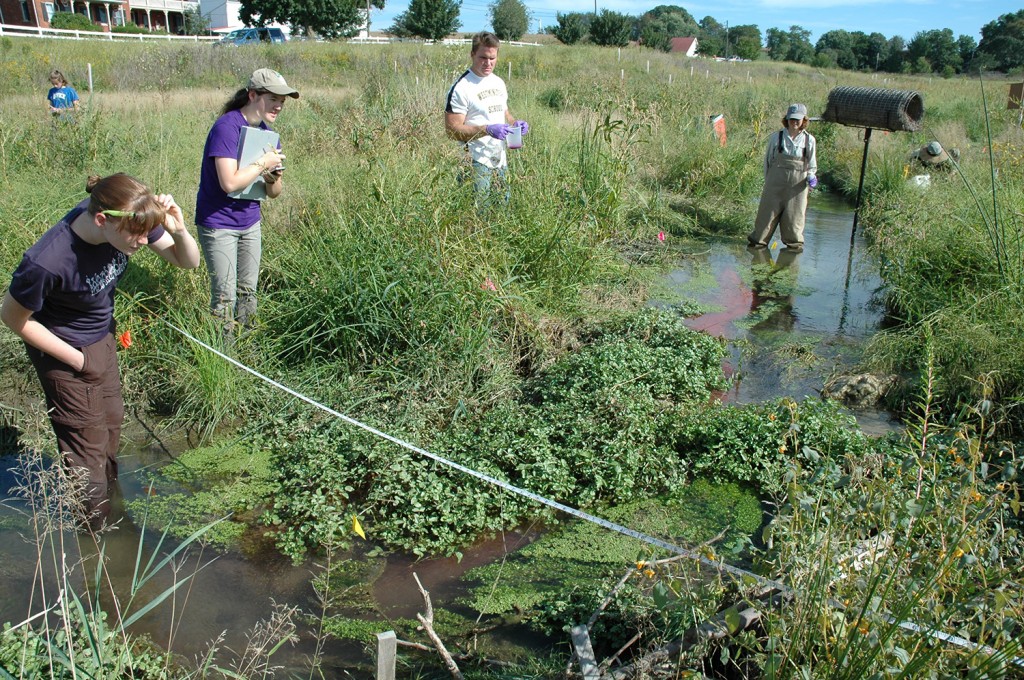The overarching objective of our research is to achieve an understanding of how the flow of water through the environment structures landscapes and influences ecosystem services. Water interacts with physical (e.g., sediment) and biological (e.g., plants) components of the environment in highly nonlinear ways, leading to positive and negative feedback loops and dynamics characterized by thresholds, sudden shifts between alternate stable states, or chaotic behavior. This type of behavior presents challenges for understanding the primary drivers of landscapes and ecosystems, predicting their future response to change, and planning sustainable restoration strategies for degraded landscapes. In all of our projects, we take a complex-systems approach to delineating the processes controlling landscape structure and ecosystem services and predicting their future influence.
Many of our projects focus on wetlands, which are ideal environments for studying the emergence of complex physical-biological dynamics. Typically, wetlands occur on relatively shallow gradients, where flows are sufficiently low-energy such that their interactions with biota are bidirectional (e.g., flow limits where vegetation can become established and persist, while patches of vegetation steer flow and have a large-scale influence on the distribution of flow velocities). The bidirectional nature of these interactions makes hydroecological feedbacks and the associated nonlinear dynamics particularly prevalent in wetlands. In addition, wetlands are of global interest because of their role in attenuating floods and storm surges, their ability to remove nutrients and contaminants, their susceptibility to sea-level rise and global climate change, and their spotlight position as the focus of many large ecosystem restoration projects.
Learn more about our approach to research, or click on the links to the right.



